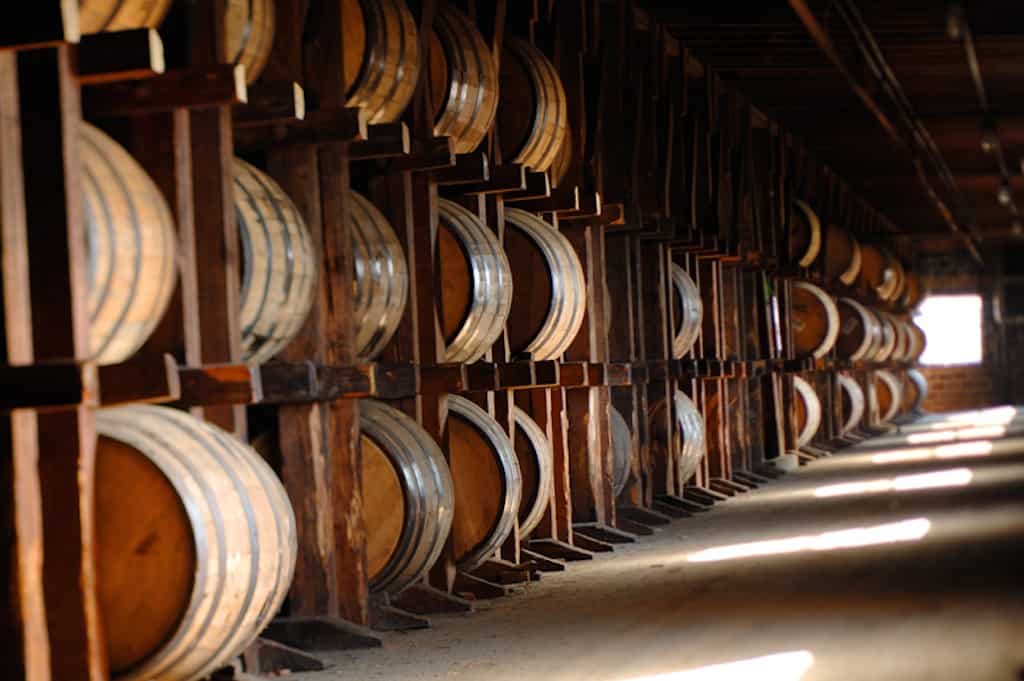
Folding
Deanna
- 0
- 245
What is folding? When are folds dangerous? How are folds useful?
This week the Just Write Virtual Writing Group wrote about folding. I was inspired during a recent visit to the Museum of the Shenandoah Valley where the Origami in the Garden traveling exhibit was on display (see Consider the Lilies above). I have always been fascinated by the art of folding. When my son was young there was several years when he spent a lot of time folding paper into fanciful shapes and carefully studied both origami and paper airplane design. Living in Eastern Kentucky as we do I think almost daily about the ways that our landscape folds around us. I teach in Morehead, Kentucky, which is tucked into the crease of one of those folds like so many Eastern Kentucky communities.
We began our exploration with the Origami in the Garden traveling exhibit. Origami, meaning “folding paper” in Japanese, reflects the essence of creativity: making something out of (basically) nothing. Start with a simple square piece of paper. Apply the art of origami, folding the paper in a creative way to produce an elegant object—a soaring bird, gliding plane, galloping pony, floating boat, or an emerging butterfly. Artist Kevin Box takes origami to another level, transforming paper into museum quality metal sculpture through processes he has pioneered in teamwork with foundries, fabrication shops, and his studio staff (see Conversation Peace).
An exhibition created by Santa Fe artists Jennifer and Kevin Box, Origami in the Garden features Box’s own compositions as well as collaborations with world-renowned origami artists Robert J. Lang, Te Jui Fu, Beth Johnson and Michael G. LaFosse. These remarkable artworks feel at home in the wondrous setting of botanical gardens, since paper originates in plant life and origami is made of paper. Gardens and art are both openings into broader connections around the globe, over time, and between the human and natural worlds. And gardens, like origami, begin with little—the tiniest of seeds—and burgeon through artful attention into glorious displays of flowers, bushes, and trees (see Crane Unfolding).
We then considered these poems about folding:
- This Is Not a Small Voice by Sonia Sanchez
- Excerpts (3 and 5) from Clearances by Seamus Heaney
And then contemplated the many definitions of folding and wrapped up by asking the questions:
- Where are your folds?
- When are folds dangerous?
- How are folds useful?


